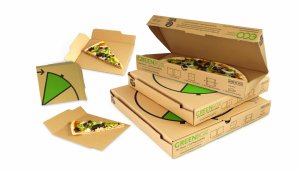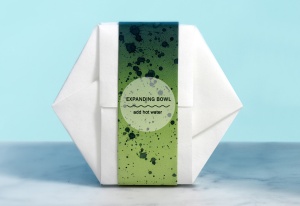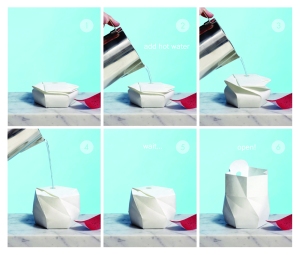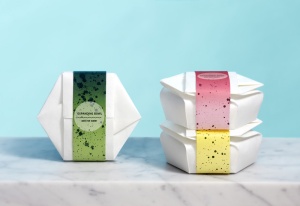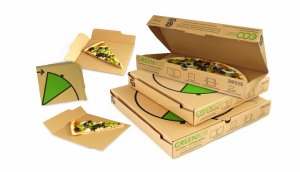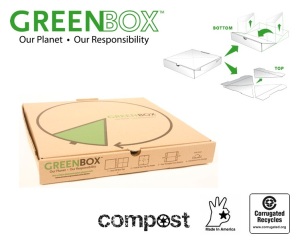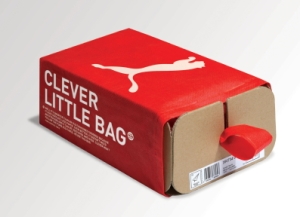Maximising water and energy efficiency
Without sacrificing the performance of the finished product nor making its cost prohibitive, the designer needs to aim to reduce the amount of water and energy used in the manufacturing process.Coca-Cola, for example, has a designed a bottle made from renewable bio materials to begin to replace their conventional polyethylene terephthalate (PET) packaging. Reducing the amount of energy the industry needs to use is the only effective way of reducing greenhouse gas emissions.
Minimising materials
Reducing the volume of primary materials used in the production process by using the optimal combination of primary, secondary and/or tertiary materials. Where possible, reducing the total amount of packaging used with any product is a sensible design objective. In our developed societies, a key role of packaging is to protect goods from damage and prevent spoilage. The industry body, the World Packaging Organisation, argues that far more wastage from spoiled goods would result from not using packaging than any materials that would be saved by not using it. The goal, they say, should be ‘right size’ and ‘right strength’ packaging rather than none at all.
Using recycled materials
The greater the volume of recycled materials that can be designed into the manufacture of packaging, the more the industry’s environmental footprint can be reduced. Recycled materials generally use less energy that virgin materials and, therefore, produce less greenhouse emissions.
Using renewable materials
Designers should aim to maximise the use of materials from renewable sources, such as paper, card and bio polymers, in the manufacture of packaging products. The computer giant, Dell, have been examining the viability of packing materials based on bamboo, wheat straw and mushroom-derived material. Meanwhile Tetra Pak are experimenting with manufacturing high-density polyethylene made from renewable feedstock. Finding ways to use renewable materials reduces energy use, saves precious natural resources and will make a major contribution toward achieving a more sustainable industry.
Designing for transport
More efficient use of transport for distribution can make a significant reduction in energy consumption. Packaging needs to be designed in ways which reduces weight, maximises the use of space and uses bulk packaging where appropriate. ‘Cubing out’ is the process of filling a shipping container to its most effective potential. Packaging which has been carefully designed, with thought given to how it is packed in bulk not just as a single item, can be of great assistance with the cubing out process. As an alternative approach to the issue, major retailers are now coming under pressure from producers and consumers to source more of their lines locally, thus reducing transport costs and energy use.
Designing for reuse
Packaging which has been designed to be reused can, in cases where it is appropriate, make significant savings in energy and raw material usage. Complete reuse of a packaging product, however, is extremely rare in today’s market. The reusable milk bottle for instance, once a staple of UK milk retailing, now forms only a tiny proportion of British milk sales. Recovery for recycling, therefore, offers much more promising opportunities for sustainable packaging designers.
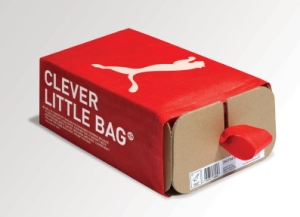
PUMA unveils new shoe packaging concept — The Clever Little Bag — to reduce environmental waste. (PRNewsFoto/PUMA)
References:
Ebro Colour (n.a) ‘Sustainable Packaging: Why Should We Care?’. Available at: http://www.ebrocolor.com/sustainable-packaging-report.html (Accessed: 19 June 2015).
